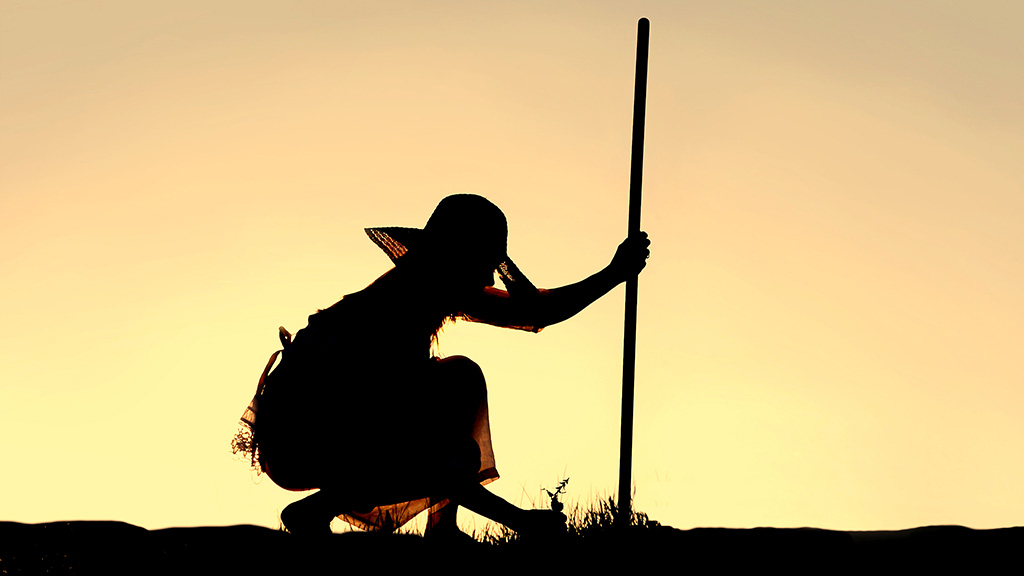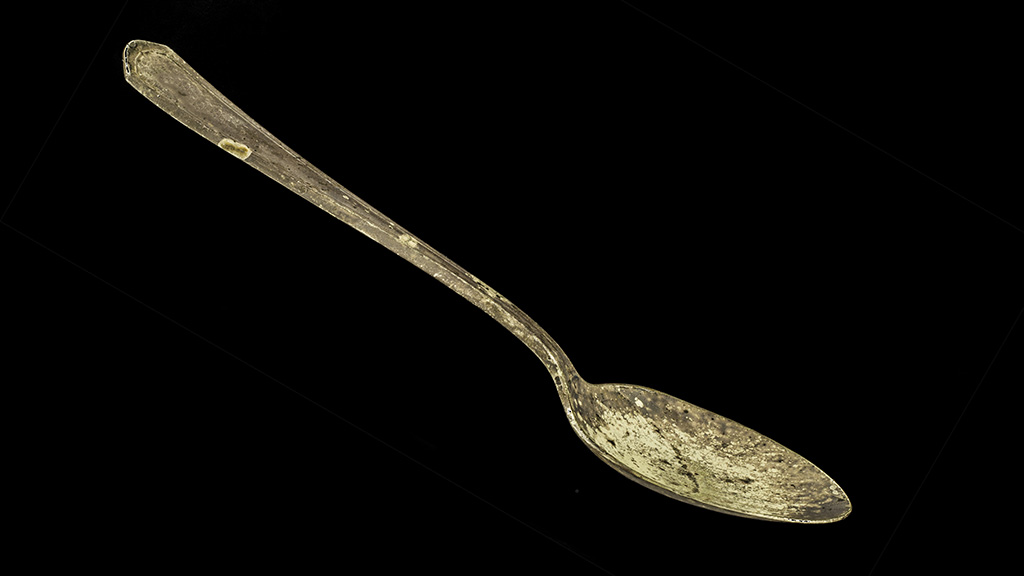Archive: Book Beat Live! Social Justice in the Science Classroom, March 16, 2022
Science classes are diverse places where students bring many identities to the learning experiences being shared by their science teachers. All students bring different lived experiences to our classrooms. It is imperative we honor their identities and positionalities to provide them with science lessons that make science an engaging place for all.
Science classes are diverse places where students bring many identities to the learning experiences being shared by their science teachers. All students bring different lived experiences to our classrooms. It is imperative we honor their identities and positionalities to provide them with science lessons that make science an engaging place for all.
Science classes are diverse places where students bring many identities to the learning experiences being shared by their science teachers. All students bring different lived experiences to our classrooms. It is imperative we honor their identities and positionalities to provide them with science lessons that make science an engaging place for all.
Science classes are diverse places where students bring many identities to the learning experiences being shared by their science teachers. All students bring different lived experiences to our classrooms. It is imperative we honor their identities and positionalities to provide them with science lessons that make science an engaging place for all.







